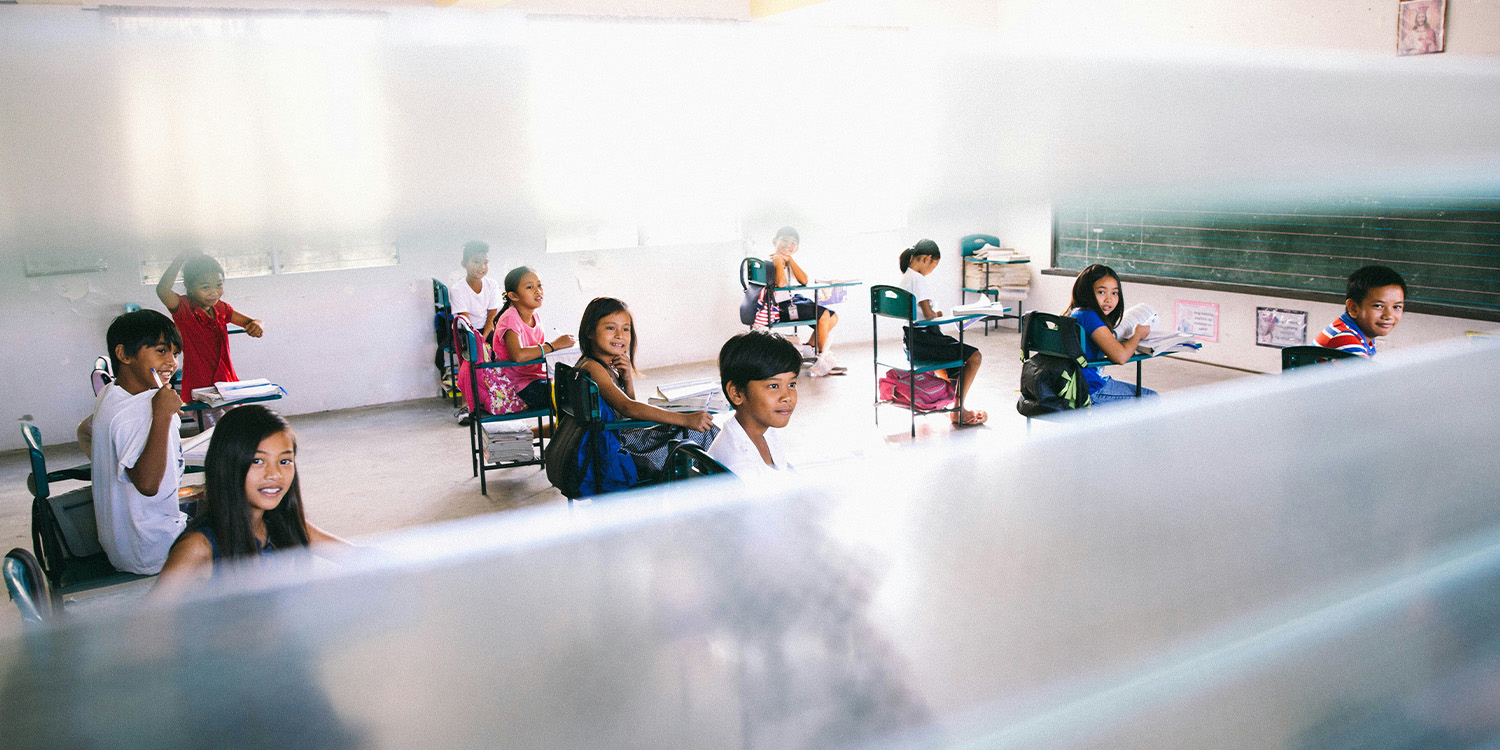Welcome to the Language Learning in Education Issue
IAFOR Journal of Education: Volume 12 – Issue 1 – Language Learning in Education
Editor: Melinda Cowart, Texas Woman’s University (TWU), USA
Published: June 1, 2024
ISSN: 2187-0594
https://doi.org/10.22492/ije.12.1
Dear Readers,
Since the publication of the 2023 issue, the number of those engaged in the pursuit of learning an additional language has continued to increase. In conjunction with the burgeoning growth of second language learners is the need for adequately prepared teachers of supplementary languages who can motivate, teach with inspiration, encourage, and support language learners of all ages whose first languages are quite diverse. Clearly, individuals and groups are on the move whether because of negative factors such as domestic tragedy, political unrest, civil instability, and war or for the more positive influences of seeking a change in location, family reunification, education, adventure, the desire to learn a new language or to gain different employment. Both adverse and constructive dynamics have led to a substantial displacement of a multitude of persons who must learn another language in order to work, study, and become a member of another society. The motives for adding to one’s linguistic repertoire notwithstanding, the process is multilayered, stimulating, instructive about peoples, languages, and cultures, and often challenging.
The impact of school, educators, and instruction cannot be overstated.
Numerous factors influence a person’s second language acquisition. By the time second language learners (L2 learners) have had 5-7 years of instruction in the second language (L2), it is anticipated that those with adequate instruction would be able to comprehend most instructions and content in L2. Yet, educators sometimes discover that the negative affective aspects of language learning such as anxiety, cultural bereavement, language loss, rejection of language and ethnic identity, fear of ridicule because of behavioral or linguistic errors, and a lack of motivation and interest may combine to cause a certain disequilibrium that undermines the second language acquisition process. Among forcibly displaced groups, the new language may be perceived as a type of assault on ethnic and linguistic identity. When students and educators fail to see their cultural and language experiences reflected in the target language curriculum, they may be unable to see themselves as successful in learning the additional language.

Multilingualism, second language acquisition, second language learning, and national language policy endure as important concerns for every nation. The movement of individuals from country to country and within nations seems to intensify. As the realm of second language learners expands in size, educators, scholars, and researchers who explore the complex nature of L2 acquisition and learning are vital to the improvement of second language teaching and enhanced learning. Readers of the articles in this issue will encounter several studies that were conducted with adult language learners or the teachers of L2 learners. Commonalities that exist across nations and cultures where language learning is a consideration were similarly investigated.
Melinda Cowart
Professor Emerita
Texas Woman’s University, USA
Email: [email protected]


